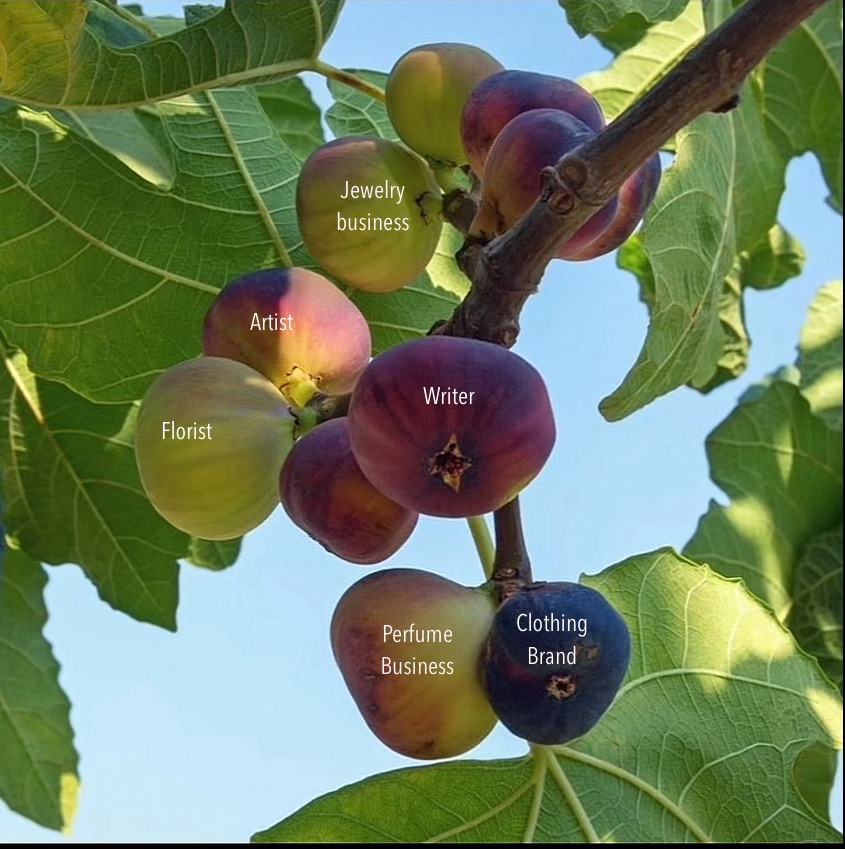C1 Atomic Structure
Cards (81)
- What is an atom?
- What is an element?
- Atom
- Element
- Compounds
- Compound
- Mixture
- Methods to separate mixtures
- Simple distillation
- Crystallisation/Evaporation
- Fractional distillation
- Filtration
- Chromatography
- Separating funnel
- Plum-pudding model
- Nuclear model
- Protons
- Neutrons
- Structure of an atom
- Relative masses and charges
- Atomic number
- Atoms of the same element
- Mass number
- Calculating the number of neutrons
- Isotope
- Relative atomic mass
- Electronic configurations
- Ions
- Example of a positive ion
- Properties of metals
- Properties of non-metals
- Solute
